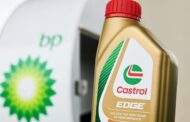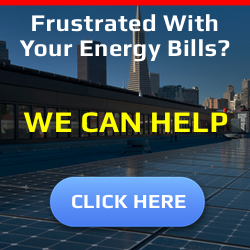Battery research has transcended benchmarks measured in mere electric vehicle range and faster charge speeds. Experts are now dealing with nearly infinite lifetimes, according to findings published by the American Chemical Society.
That’s because a team at the Daegu Gyeongbuk Institute of Science and Technology in South Korea is among groups studying small atomic packs that could provide unlimited power for EVs, smartphones, and other devices without needing to recharge.
“The frequent charging required for (lithium-ion) batteries isn’t just an inconvenience. It limits the utility of technologies that use the batteries for power,” the scientists wrote.
Advertisement
Advertisement
The institute, referred to as DGIST, is working with radiocarbon that can provide small, safe, and low-cost power sources. Also called carbon-14, the substance is used for carbon dating, too.
The nuclear battery works by harnessing high-energy particles from radiocarbon. Importantly, the journal noted that not all atomic material harms humans. Beta rays can be made safe when encased in aluminum or other elements, for example.
The DGIST contraption is a radiocarbon betavoltaic pack.
Watch now: How bad is a gas stove for your home’s indoor air quality?
“I decided to use a radioactive isotope of carbon because it generates only beta rays,” professor Su-Il In said in the findings. It’s a byproduct of nuclear plants, making it an inexpensive source that’s easy to recycle, and its slow degradation makes it a power source that could last for “millennia,” per the report. That said, the Union of Concerned Scientists has consistently spoken out against experimenting with new nuclear tech, noting risks and prohibitive costs.
Advertisement
Advertisement
The DGIST team is also working on improving the semiconductor needed for the packs to convert the rays to energy. So far, experts have improved the conversion rate from 0.48% to 2.86%, per the journal.
Other nuclear batteries in development are being made to power sensors in space and deep underwater, among more extreme settings. England’s University of Bristol is using carbon-14 as part of a small diamond-encased pack, as another example.
DGIST envisions everlasting pacemakers to start with, and a solution to powering energy-gobbling data centers. The facilities are estimated by Goldman Sachs to use 165% more electricity by 2030.
|
Would you be comfortable having nuclear waste buried in your town? Click your choice to see results and speak your mind. |
Other perks include air-pollution-free energy without the need to mine for the rare and expensive metals and minerals used in common batteries. While Sustainability by Numbers reported that we will need tens of millions of tons of deposits to power the clean-energy shift by 2040, it still falls far short of the 16.5 billion tons of dirty fossil fuels hauled from Earth each year.
Advertisement
Advertisement
Nuclear batteries could offer an option that requires no mining at all.
What’s more, both lithium and atomic packs check the crucial box of reducing heat-trapping fumes linked by NASA to increased severe weather risks.
Limiting the gas production at home is often accompanied by lower utility bills. Rooftop solar panels, for example, can save you on average $700 a year — that’s even after expenses are deducted, per a government study. Simply switching out your old light bulbs for LEDs can bank hundreds of bucks annually while cutting significant pollution, too.
At DGIST, the team intends to show the world that nuclear energy can also be utilized in small settings. If successful, the results could have huge implications.
Advertisement
Advertisement
“We can put safe nuclear energy into devices the size of a finger,” In said in the report.
Join our free newsletter for weekly updates on the latest innovations improving our lives and shaping our future, and don’t miss this cool list of easy ways to help yourself while helping the planet.













